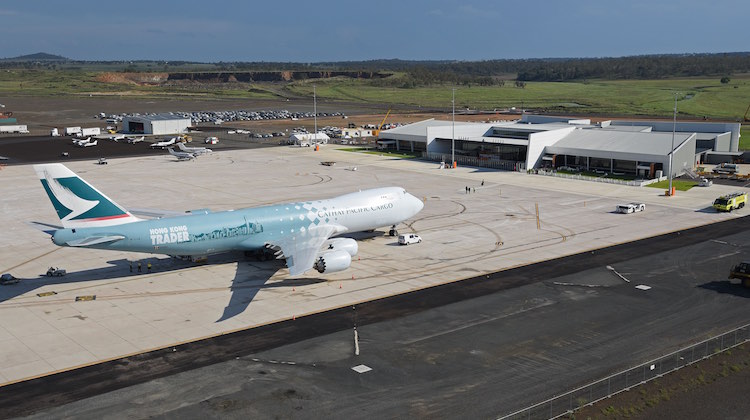Regional airports have missed out on a much needed funding boost to combat rising costs and support essential medical transport services in the 2016-17 federal budget, the peak body representing Australia’s airports says.
While the Commonwealth announced it would tip in $5.3 billion in capital over the next decade to build the proposed Badgerys Creek airport, Australian Airports Association (AAA) chief executive Caroline Wilkie said there was little cheer for regional airports, most of which are owned and run by local councils.
In September 2016, the AAA released its Regional Airport Infrastructure Study conducted by ACIL Allen Consulting which found regional airports faced a significant funding shortfall in the years ahead to maintain existing facilities and upgrade their airfields to cope with the expected growth in the sector.
The report said expenditures for regional airports were expected to rise by 38 per cent over the next decade, putting even more pressure on already stretched budgets, with 61 per cent of the nation’s regional airports running budget deficits in 2014/15.
Moreover, some 40 per cent of regional airports were expected to record persistent budget deficits over the next 10 years.
Wilkie said the government’s current Regional Airstrip Upgrade program, which provided funding for remote air services subsidies, remote airstrip upgrades and remote aerodrome inspections, could not bridge that gap.
“The remaining funding available in the Remote Airstrip Upgrade (RAU) programme simply isn’t adequate to address the $170 million shortfall in essential aeronautical infrastructure investment in regional Australia,” Wilkie said in a statement.
“Despite compelling evidence about the need for more funding, we are very disappointed the Turnbull Government has not addressed this requirement in the Budget.”

The AAA noted government figures showed air ambulance hours had doubled since 2000 and “continued to rise exponentially”, highlighting the importance of maintaining safe airports.
“Regional airports play vital roles in the health and well-being of regional communities, enabling access to specialist and emergency medical facilities,” Wilkie said.
“We will continue to advocate the needs of our regional airports and seek a better funding outcome for facilities which help to keep people in regional and rural Australia connected to the rest of the country.”
There was some glimmer of hope for regional airports in Tuesday’s budget though, with the federal government to establish a Regional Growth Fund that included an additional $200 million for the Building Better Regions Fund.
“While the details of the Regional Growth Fund have not yet been released, regional airports are certainly able to apply for the Building Better Regions Fund but will be required to compete for funding with a wide variety of other infrastructure projects,” the AAA noted in a statement.
The AAA said it welcomed the $30 million in funding for the development of a business case for the Melbourne Airport Rail Link, as well as an additional $12 million in funding support for both Infrastructure Australia and the Australian Transport Safety Bureau (ATSB).
In November 2016, Minister for Infrastructure and Transport Darren Chester recognised the financial challenges regional airports faced.
“At the local level, it can be a challenge to adequately fund the ongoing maintenance and development of regional or remote airports,” Chester said in a speech to the AAA annual awards dinner in Canberra in November 2016.
“I am committed to continue to fund our regional and remote aerodromes and will work with the AAA on how best our government can deliver the appropriate support to this vital infrastructure.”












